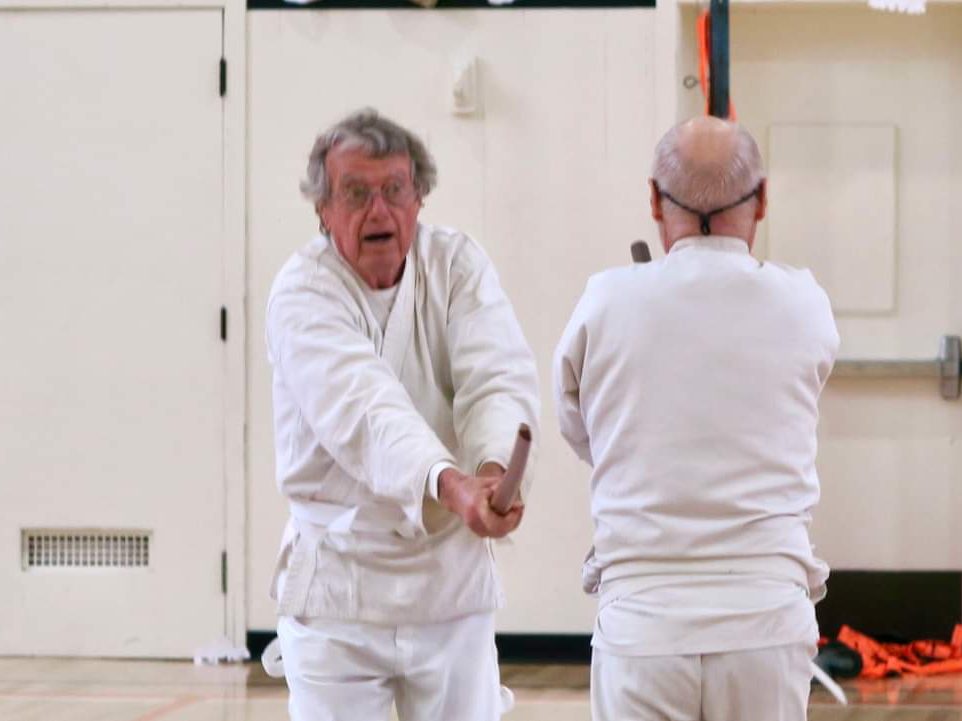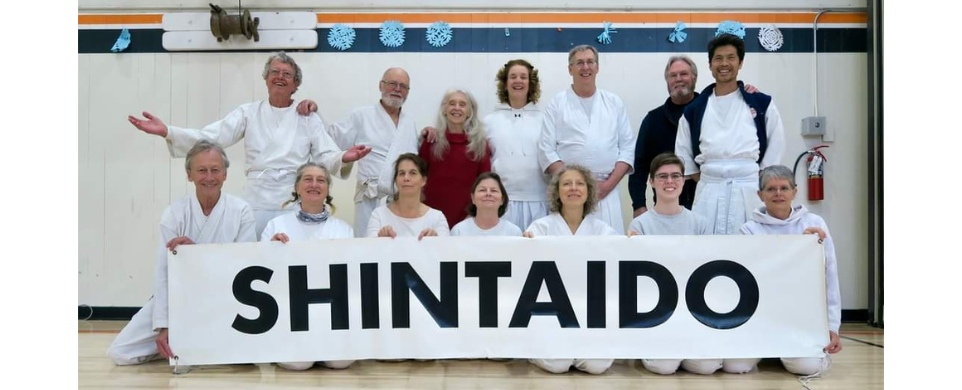Interviewed by Jim Sterling
Please tell us a little about your personal life.
I was born in Cincinnati, Ohio in 1945.
I grew up in the greater Cincinnati area.
I started high school in the public school system but due to circumstances, namely me not wishing to be in school, I was sent to Kentucky Military Institute in Louisville, KY.
At the beginning of the Vietnam conflict in 1966, I was drafted by the Army for a 2-year term. However, not wanting to be in the Army, I choose to enlist in the Navy for 4 years.
My job as an electronics technician and air crewman gave me many hours flying which included landings and take offs from an aircraft carrier. Saw many places around the world in twenty-four months at sea on four different aircraft carriers.
My duty station was Quonset Point Rhode Island and after my discharge I never went back home, choosing instead to remain in New England. I used the G.I. bill to take flight training and get my pilot’s license. It took eight or nine years of flying as a swordfish spotter to accumulate enough flight hours and experience to be hired by an airline.
After flying for a small commercial airline for about twelve years, I decided it was time to move on.
A few years before I left the airlines as a commercial pilot, I followed another lifelong dream of living on a boat and bought a forty-one-foot ketch (sailboat). I lived onboard that boat for the next twenty-two years.
I worked as a harbor master’s assistant in Westport, MA. As I found that I truly enjoyed working on the water, and I received my merchant mariners captain’s license from the Coast Guard.
Most of my time working on the water was assisting recreational boaters, responding to emergencies in any weather day or night.
Prior to my study of Shintaido I never practiced any other martial arts.

—–
When and where did you first encounter Shintaido?
In the early 90’s, I became good friends with a fellow live-aboard who was Sarah Baker’s brother. Through my connection with her brother, I became friends with Sarah. In 2012 we began spending more time together. It was then that Sarah began sharing some Aikido and Shintaido movements with me. At the time, I did not know anything about either art, but I became interested in the open hand and foot work she would show me. Sarah would try to teach me while we would go for walks on trails and in parks. I was introduced to Ito sensei through watching DVD’s Sarah had. He had been a friend of Sarah’s sensei in Massachusetts, and she studied with Ito when he came to their Aikido dojo. In 2017, Ito encouraged Sarah to visit and train with him in San Francisco, California where he would be for several weeks. Sarah invited me to go along, and we could see the sites while there. That is when I met Ito sensei and watched my first formal Shintaido class.
I have never enjoyed participating in organizations, group activities, social clubs, etc. However, the first time at Day Street Dojo, I felt a kinship with Ito sensei though Shintaido did not excite me yet.
The second time we went to San Francisco, Sarah asked if I would help video the practice. At one point, people were running around in circles, arms raised above their head yelling. “What is this Shintaido?” I thought.
The third time I experienced a formal class was in Quebec, Canada, where Ito was teaching. It was when I started to become interested in the practice. There are no schools in Florida that teach Shintaido. Sarah would help me with the movements and interpret their meanings. Because of Covid-19, Zoom became the gathering place for group activities. The more I practiced on Zoom the more I wanted to get better.
—–
What initially attracted you to Shintaido?
The challenge. From the beginning, when Sarah began sharing movements from Aikido and Shintaido I enjoyed the challenge of learning. Learning the forms, discovering my balance in a new way and just moving in these totally new patterns.
—–
Do you have a favorite technique, favorite parts of keiko?
I find practicing outside makes me feel closer to the universe. I really enjoy the movements of Tenshingoso and Diamond Eight, but sword practice, open hand and with bokuto, is what I like most. I also have come to really enjoy Taimyo as it has given me a way to slow down and meditate. The first thing I do every morning is go outside and do part one. Shintaido has given me a better understanding of myself and is teaching me to be understanding of others and listen differently. Work in progress.
Most of my in-person keiko has only been at PacShin Kangeiko and this only a few times. I was fortunate to study one time with the SNE group and in Quebec once. What I really enjoyed at these times was having so many new people to train and learn with.
I find the Zoom keiko on Sundays with Connie, Rob, and Sandra and Fridays with Nagako in the UK are very supportive. I can learn new movements, new ways of understanding older movements and expanding my overall technique.

—–
Why did you decide to take an Advanced Student Evaluation?
After about five years studying Shintaido more formally, Connie asked me if I would like to take a student evaluation. I did not feel that I had become proficient with the katas, and I did not know all the Japanese words and terms. My body at 78 is not as it was in my 50’s and some joints protest loudly. My arms don’t have a full range of motion anymore and balance could be better. However, I thought I would except the invitation because even if I did not pass, I would still have that experience. Another opportunity to learn by trying.
—–
Did you feel nervous before or during the evaluation?
Two months before the evaluation date I had started trying to learn the terms and names of the katas. It is a slow process and much if it didn’t stay with me. Sarah and I planned our trip to CA so that we would be there about two weeks before Kangeiko. This gave us extra time to practice in-person with Connie and Rob.
With that said, when evaluation day arrived, I was nervous and was losing confidence. Rob had taken the time to coach me for several days while Sarah and Connie were away in France, and I could not let him down. More than once in my life I have had to take a test twice before passing and if I needed to this time, it would be no big deal.
Two of us were being evaluated that day. Afterwards, we all went for lunch, and by that time I could feel the results of my stress, but I also felt I had done the best I could. I was pleased with my performance.
After lunch we were presented with our certificates. It was then that I realized how much I felt validated in my study and how much I really have learned in my practice to this point.
—–
What feedback did you get and what are your thoughts about it?
Shin and Connie each gave us their thoughts for areas of improvement and encouragement. One point that Shin explained, when I do a kata even if I cannot reach high or far, believe that I am reaching beyond my thinking. Expanding all my space.
Specifically, Shin mentioned my Tenshingoso movement. He noticed that I was not able to reach up above my head very high due to my limited shoulder movement. As I moved into the end of Ah he instructed me to focus my intention as if I were reaching up higher than I am actually able to do and connect in tenso, even if I am not able to duplicate the exact form of others. Then as I cut Eh he told me to allow my cut to come down lower than what I see others doing. His suggestion was to develop a greater distance from the top of my tenso to the end of my Eh cut – creating the desired change in elevation between tenso and the end of the cut opening space in front of me.
Since returning to Florida, and practicing in this new way, I have begun to find I actually am able to think less about the specific form. I have begun to find the form in my being instead of focusing on it in my mind.
I’m not sure if it was Connie or Shin who mentioned that I should allow my voice to connect to my movements in Eiko Dai better. Having very few opportunities to practice Eiko with instruction, I am not fully clear on this feedback, but I try to keep it in mind as I practice all forms.
—–
Any other thoughts?
The Shintaido community is very helpful, understanding, and makes no judgement of others.
Shintaido is wonderful in how it helps me look at things differently. I am happy with my study so far.
Because of everyone I have mentioned from San Francisco to the United Kingdom, I like what I have achieved and am looking forward to many more keikos. There is so much Shintaido I want to learn. I feel happy working on studying the Shintaido I have already been exposed to. It is less important for me to keep learning more and more new forms in Shintaido. I am very happy with my current practice as it is, hoping to continue to deepen my personal understanding as I keep practicing.
Bevis



